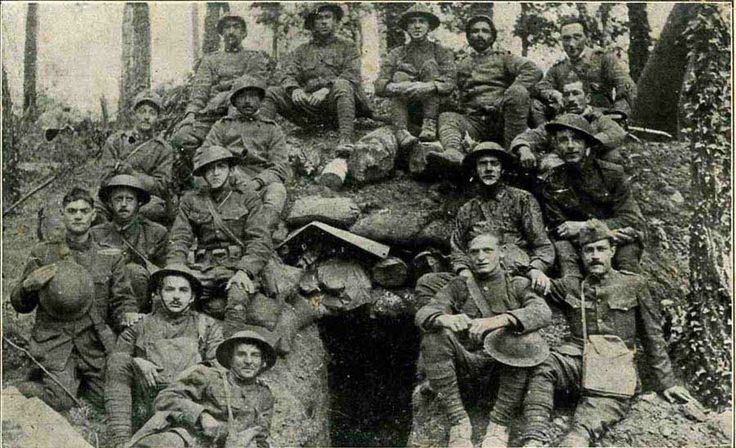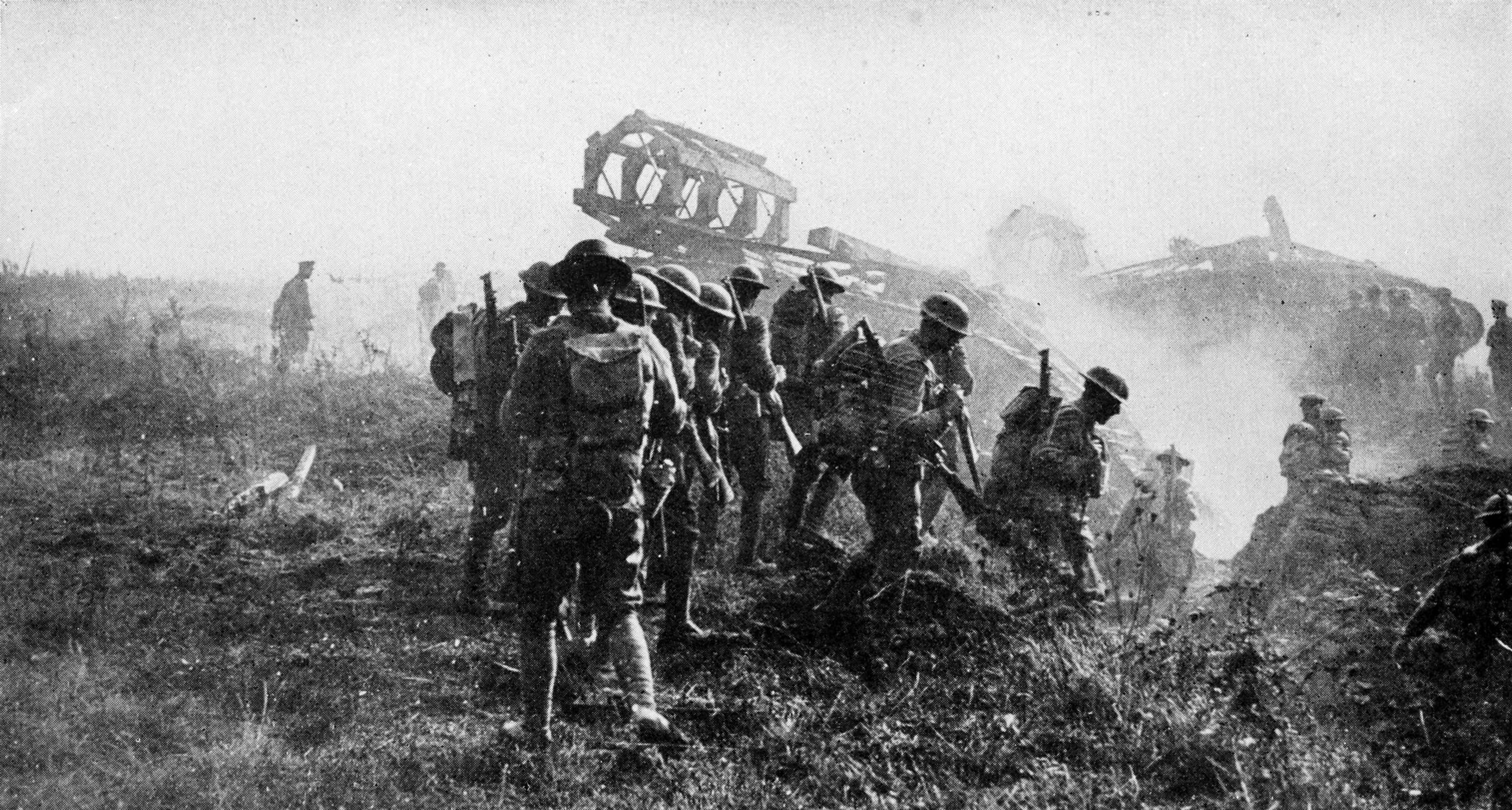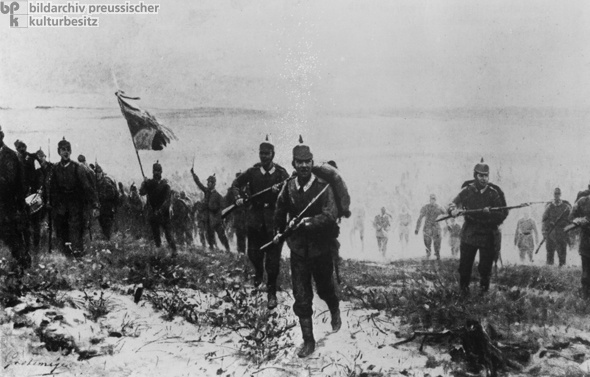An American Flyer Describes Warfare on the Ground
For One American Officer:
‘Never Have I Seen So Many Dead Men.’
Paris Is Safe.
Special to The Great War Project
(30 July) Fighting during these days in France on the Western Front one hundred years ago, has been called horrific by both sides – “victor and vanquished alike.”
So writes historian Martin Gilbert. “Never have I seen so many dead men,” one German officer writes. Nor so many wounded. “The wounded on both sides being vulnerable and afraid.”

Allied soldiers on the Western Front, summer 1918.
Writes one American medical officer: “Some of them cursed and raved and had to be tied to their litters. Some shook violently. Some trembled and slunk away in apparent abject fear of every incoming shell, while others simply stood speechless, oblivious to all surroundings.”
“Four two days,” writes historian Gilbert, “it looked as if the Germans might make the finally decisive breakthrough. In one sector of the front, however, French gunners succeeded in knocking out all twenty of the attacking German tanks.”
“In another sector, 3600 American troops, outnumbered three to one, fought and held their ground in hand-to-hand combat. In the air 225 French bombers dropped more than forty tons of bombs on the bridges, which the Germans had thrown across the Marne.”
“Twenty-five of the bombers were lost but the attack continued.” In one sector the Americans blew up every pontoon that the Germans threw across the Marne,” gaining for itself the title ‘Rock of the Marne.’”

American soldiers in action, summer 1918.
“As the Germans continued to pour down to the river, American infantrymen and machine gunners were waiting for them and mowed them down.”
On July 18th in one sector of the Western Front, the American flyer, Eddie Rickenbacker, provided an unusually intimate picture of the slaughter unfolding just below in the American sector of operations.
The barrage, he writes, “seemed to be tearing up the earth in huge handfuls as it moved steadily nearer to the German trenches. To know that human beings were lying there without means of escape, waiting there while the pitiless hailstorm of shrapnel drew slowly closer to….
…their hiding places seemed such a diabolical method of torture that I wondered why men in the trenches did not go utterly mad with terror.”…
According to historian Gilbert, “Rickenbacker watched while a shell fell directly into the trench in front of him, tearing it open and gutting it completely for a space of thirty feet.”

German troops, summer 1918, Western Front
Then the next instant a German soldier emerges. He throws away his rifle and proceeds to run as fast as he could back toward the safer trenches toward the rear.
Writes Gilbert: “Hardly had he gone ten yards when a high-explosive shell lit in front of him.” As Rickenbacker tells it, “in the next moment he was simply swept away in dust and disappeared, as the explosion took effect.”
“Not a vestige of him remained when the dust had settled and the smoke had cleared away.”
This had been a German attack, the goal: To reach Paris. “By nightfall,” writes Gilbert, “on July 18th, the German threat to Paris was over.

Ariel view of Vaux, France, Western Front, summer 1918.

Picture #2 is not Americans. Unless they were issued British Enfields. Picture #3 is doubtful to be 1918 Germans, since the pickelhaube helmet had long been retired as useless.
There are some incredibly powerful quotes in this post Mike. Perhaps they are the words students should have to commit to memory as children and then later and then again as adults.